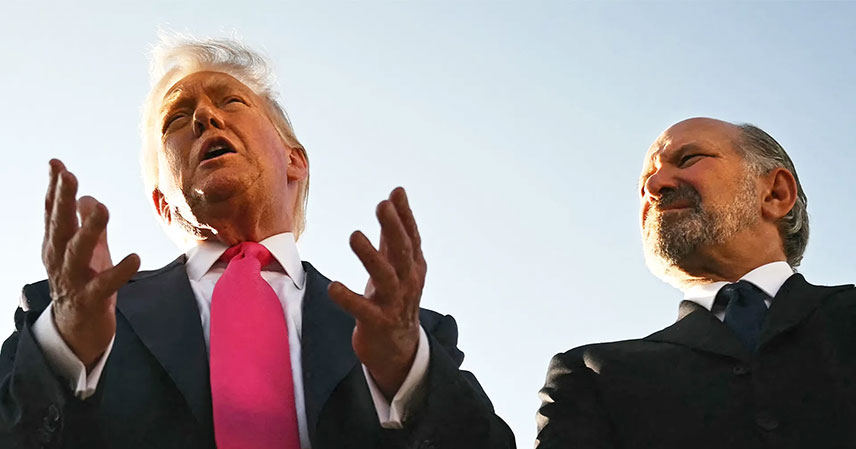The US government is considering a significant shift in its approach to boosting domestic chip manufacturing. Instead of solely providing grants under the CHIPS Act, the Biden administration is exploring taking an equity stake in Intel, a move that has sparked both excitement and concern among industry experts and economists.
This strategic investment, if finalized, represents a bold departure from traditional government support and raises important questions about the role of government intervention in the private sector. This blog post delves into the details of this potential deal, examining its potential benefits, risks, and historical precedents.
What Happened? 📝
Commerce Secretary Howard Lutnick recently announced the government’s intention to acquire an equity stake in Intel in exchange for funds already allocated under the CHIPS Act. While the exact percentage remains unclear (previously reported as potentially 10%), the move aims to bolster Intel’s capacity to build semiconductor fabrication plants (fabs) within the US.
This decision comes amidst growing concerns about US reliance on foreign chipmakers and the importance of a robust domestic semiconductor industry for national security. The government believes that securing an equity stake ensures a return on its investment and strengthens its influence over Intel’s strategic decisions.
Why is the Government Investing in Intel? 🇺🇸
The primary motivation behind this potential investment is national security. The US government recognizes the critical role semiconductors play in various sectors, from defense to technology. Over-reliance on foreign chip manufacturers poses a significant vulnerability, and this investment seeks to mitigate that risk by supporting a major domestic player like Intel.
Furthermore, the CHIPS Act itself is designed to incentivize domestic chip production. Taking an equity stake allows the government to directly influence Intel’s investment decisions, ensuring that the allocated funds are used effectively to expand US-based manufacturing capabilities.
Potential Conflicts of Interest and Economic Concerns 🤔
Critics argue that government ownership of a major corporation like Intel could lead to conflicts of interest and stifle innovation. Stephen Moore, a visiting fellow at The Heritage Foundation, expresses concern that such intervention resembles Europe’s industrial model, which hasn’t always yielded positive results. He points out the potential for inefficiencies and a lack of market responsiveness.
The concern isn’t solely about the potential for failure; it’s also about the principle of government intervention in the private sector. Many believe that the free market should be allowed to operate without excessive government control, arguing that such interventions can distort market forces and lead to unintended consequences.
Historical Precedents of Government Intervention in Private Industry 🏛️
The US government has a history of intervening in the private sector, with varying degrees of success. The Synthetic Fuels Corporation of the 1980s, designed to promote domestic energy independence, ultimately failed. The 2008 financial crisis saw massive bailouts of automakers and banks, some of which were eventually repaid.
More recently, the Department of Defense invested in MP Materials, a rare earth magnet company, to reduce reliance on China. This example, however, differs from the Intel situation as it involved a strategically important material with significant national security implications. The case of Intel raises more complex questions about the appropriate level of government intervention in a large, established technology company.
The Ideal Scenario: A Balanced Approach ⚖️
Many experts agree that government intervention should have a clearly defined endpoint. Short-term investments with a plan for divestment are preferred over long-term government ownership. This approach would allow the government to achieve its objectives – stimulating domestic chip production and enhancing national security – without permanently altering the market dynamics.
The key lies in finding a balance between supporting strategic industries and avoiding excessive government control. The Intel investment presents a crucial test of whether the government can effectively navigate this complex landscape, achieving its policy goals without unintended negative consequences.
Key Takeaways 🔑
- The US government is considering a significant equity stake in Intel, fueled by national security concerns and the CHIPS Act.
- This move aims to bolster US semiconductor manufacturing and reduce reliance on foreign chipmakers.
- Critics raise concerns about potential conflicts of interest and the overall impact of government intervention in the private sector.
- Historical precedents show varying outcomes for government involvement in private industry, highlighting the need for careful planning and a clear exit strategy.
- The ideal scenario involves a short-term investment with a defined plan for divestment, balancing government support with market mechanisms.
The potential Intel investment represents a significant turning point. Its success or failure will have far-reaching consequences for national security, similar to other high-stakes projects like the Pentagon’s $175 billion ‘Golden Dome’ missile shield, and for the broader debate about the government’s role in the private sector. Only time will tell if this bold strategy will pay off.
Source: Trump Is Betting Big on Intel. Will the Chips Fall His Way?



